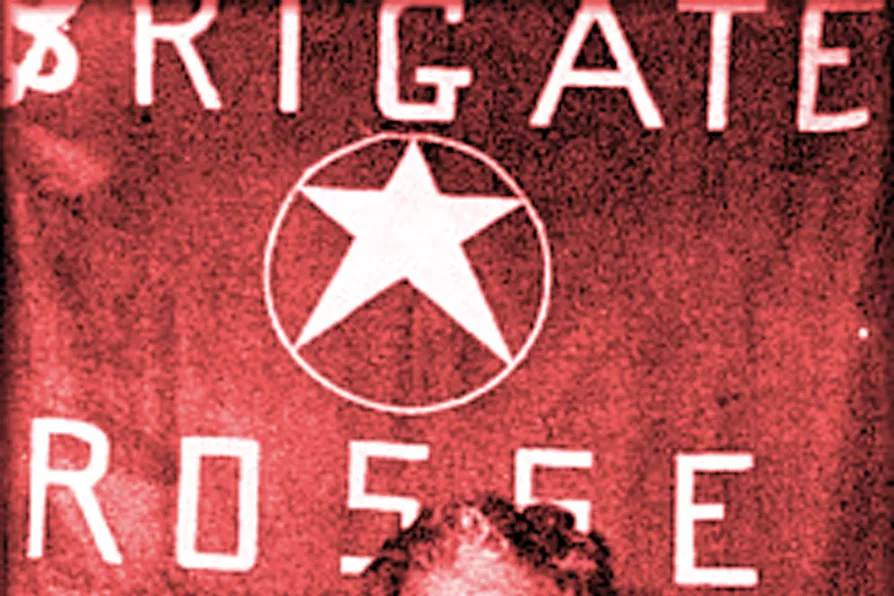From London’s holly-sellers to Engels’s flaming Christmas centrepiece, the plum pudding was more than festive fare in Victorian Britain, says KEITH FLETT

 CONSPIRACIES: The exact role of the Italian and US states in death of Aldo Moro, seen here as a captive of the Red Brigades, was never established
CONSPIRACIES: The exact role of the Italian and US states in death of Aldo Moro, seen here as a captive of the Red Brigades, was never established
“LA tua compagna e morta” — your comrade is dead — said Fabio in wind-up mode. Fabio’s vinoteca doubles as a coffee shop until noon and is conveniently situated on the route of my morning passeggiata.
“Quale compagno?” I asked. “Barbara Balzerani,” he said knowing it would get a rise from me.
The novelist Barbara Balzerani died last week, March 4. In her younger years, she was head of the Rome column of the Brigate Rosse (Red Brigades) and was in the team that, on March 16 1978, along with her then-partner Mario Morretti, kidnapped the Christian Democrat president Aldo Moro, killing five police and carabinieri bodyguards in the process.
The Moro affair is, to this day, the subject of much speculation as to the motives of the main actors, the shadowy forces behind each of the protagonists and the role of foreign and domestic intelligence services.

There is no doubt that Trump’s regime is a right-wing one, but the clash between the state apparatus and the national and local government is a good example of what any future left-wing formation will face here in Britain, writes NICK WRIGHT













